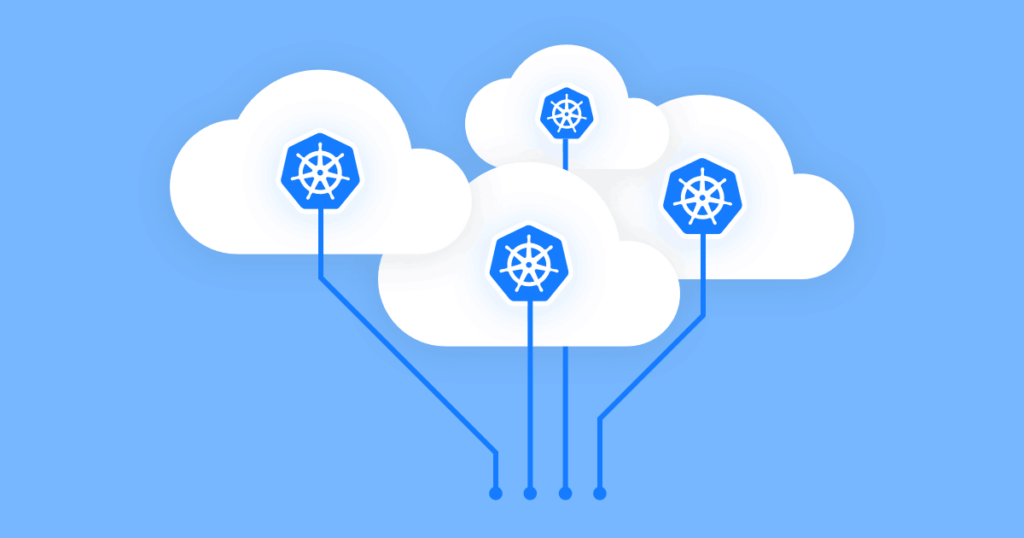Multi-cloud architectures can deliver a number of benefits, including better cost-efficiency, reliability and scalability. Yet those benefits come with challenges. They involve more integrations between different clouds and different services, more accounts to oversee, and more vendor-specific processes, especially if your multi-cloud strategy includes a hybrid cloud. In short, the more clouds you have, the more challenging it is to manage them.
Fortunately, Kubernetes makes it easier. Kubernetes helps to overcome the most pressing challenges within a multi-cloud architecture and can reduce the complexity and risk of a multi-cloud strategy.
Multi-cloud Provisioning Challenges
When you have a single cloud, you can use the vendor’s provisioning tools to set up your workloads in an efficient manner. But these tools generally don’t work with third-party clouds. You could also use provisioning tools that are not tied to any specific cloud vendor, such as Terraform or Ansible. But this still requires extensive configuration for the different clouds.
With Kubernetes, it doesn’t matter which cloud it is running on. So if you host your workloads in Kubernetes, you can use the same configurations on any of the clouds that comprise your architecture. And since Kubernetes defines its configurations as code, you get the same level of automation and efficiency in provisioning as you would from a traditional provisioning tool.
Multi-cloud Monitoring Challenges
Monitoring multiple clouds can be difficult. You can’t rely on monitoring tools from individual vendors or third-party tools. But when your workloads are standardized to run in Kubernetes, the only thing you need to monitor is Kubernetes. It supplies a rich set of analytics that can be used to track workload availability and health, no matter which cloud or clouds are hosting your Kubernetes clusters.
Multi-cloud Administration Challenges
A common challenge with multi-cloud is the need for your technical staff to learn all of the different clouds within your architecture. Engineers who know the ins-and-outs of Google Cloud Platform may not be as skilled when it comes to Azure and AWS. This is more significant when you have private cloud platforms. A Kubernetes-based cloud strategy, on the other hand, simplifies your administrative requirements. It allows your engineers to focus primarily on Kubernetes.
Multi-cloud Security Challenges
The more clouds you have, the larger your attack surface, and the more potential security vulnerabilities you are exposed to. Relying on Kubernetes to host your workloads helps to simplify security configurations and reduce your attack surface. Kubernetes standardizes your configurations in order to reduce the risk of oversights that could create security vulnerabilities. Kubernetes also has native tools to help protect your workloads.
Multi-cloud Availability Challenges
One of the most common reasons to adopt multi-cloud is to increase workload availability by hosting redundant instances of the same workload. If you containerize your applications and host them on Kubernetes, redundancy is much easier to achieve. You can configure the workload once and then reproduce it across as many clouds as required.




